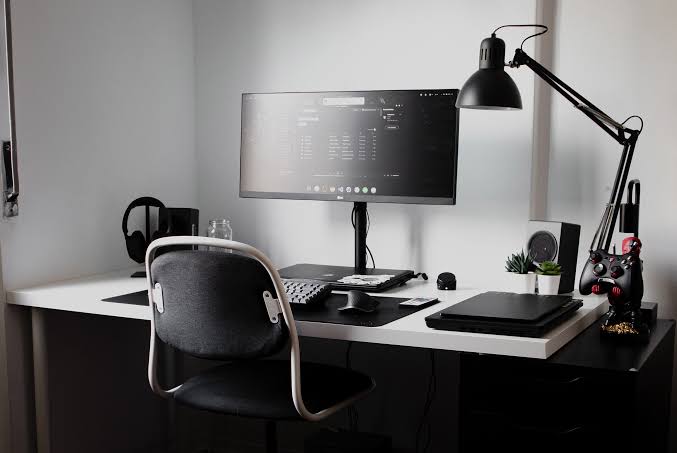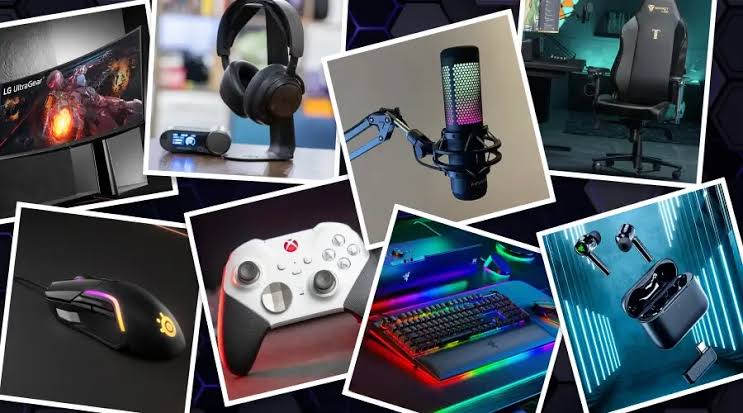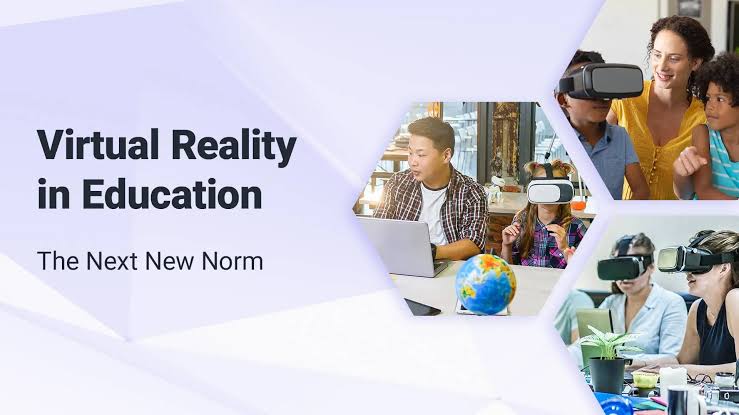The modern workplace is changing fast because of new technology. Smart gadgets, once just fun tools, are now key parts of how we work. By July 2025, these devices are making tasks easier and changing how workers use their time, work with others, and interact with their surroundings. From AI tools to wearable tech and connected devices, smart gadgets are changing office work in ways we never thought possible.
Streamlined Workflow and Time Management
One of the most significant benefits of smart gadgets in office settings is the ability to streamline daily operations. Devices such as smartwatches, digital assistants, and AI-enabled calendars help workers manage their time more efficiently by automating reminders, syncing schedules, and optimizing task prioritization.
Smart gadgets support better workflow management through:
- Voice-activated scheduling and meeting organization
- Smart reminders based on location or behavior patterns
- Integration with apps like Trello, Asana, or Notion for real-time task updates
- Automatic syncing across multiple devices
These tools free up cognitive resources, allowing workers to focus more on complex, strategic thinking rather than administrative duties.
Enhanced Communication and Collaboration
Collaboration lies at the core of workplace productivity, and smart gadgets have transformed how teams communicate and cooperate across departments or time zones. Devices like smart displays, wireless earbuds with real-time translation, and interactive whiteboards enable more fluid and efficient communication.
Key ways gadgets enhance collaboration include:
- Voice-controlled virtual assistants facilitating conference calls or team briefings
- Real-time document editing and sharing across devices via cloud services
- Smart conferencing tools with auto transcription and meeting summarization
- Smart speakers enabling hands-free communication with coworkers
In hybrid or remote work setups, these tools ensure that collaboration remains seamless, responsive, and inclusive—regardless of location.
Boosted Efficiency Through Automation
Smart office gadgets automate repetitive tasks, helping to reduce human error and increase consistency. From smart printers that order ink automatically to AI-powered desk assistants that learn your habits, these devices reduce manual work and increase operational efficiency.
Examples of task automation include:
- Smart coffee machines programmed by voice or scheduled routines
- Occupancy sensors that manage lighting and climate based on room usage
- AI assistants that analyze emails, suggest replies, or auto-flag urgent tasks
- Time-tracking wearables that log productivity data for performance reviews
By eliminating redundant work, employees are empowered to focus on value-driven initiatives rather than mundane administrative chores.
Better Health and Wellness in the Workplace
Productivity isn’t only about output—it’s also about sustaining energy, focus, and well-being throughout the day. Smart health gadgets play a key role in maintaining employee wellness, which directly influences performance.
Devices and features contributing to workplace wellness include:
- Smart sit-stand desks that adjust posture and remind workers to move
- Fitness trackers that monitor heart rate, stress levels, and movement
- Noise-canceling headphones that create focus-friendly environments
- Smart water bottles or air purifiers that ensure proper hydration and air quality
When employees feel healthier and more energized, they are naturally more productive and engaged in their work.
Data-Driven Decision Making
Today’s smart gadgets offer analytics capabilities that were previously limited to large software platforms. These insights help both employees and managers make more informed decisions about time allocation, task prioritization, and even team dynamics.
Smart productivity gadgets support data-driven decisions by:
- Analyzing usage patterns to recommend better task management techniques
- Tracking project progress in real-time to reduce bottlenecks
- Offering mood and energy level tracking to optimize work schedules
- Integrating KPIs into smart dashboards for at-a-glance team performance views
These metrics empower individuals to work smarter, not harder—leading to higher-quality outputs and greater efficiency.
Improved Work Environments Through Smart Infrastructure
The physical office environment has also evolved thanks to smart technology. IoT-connected systems now enable dynamic control over lighting, temperature, and noise levels, all of which affect concentration and comfort.
Smart environmental gadgets enhance workplace conditions by:
- Adjusting brightness based on natural light or user preference
- Managing temperature zones based on real-time occupancy
- Providing noise masking through ambient sound systems
- Automatically setting preferred conditions before a meeting or work session
Such features reduce distractions and create personalized workspaces, which help sustain focus and increase long-term productivity.
Integration Across Devices and Platforms
Modern smart gadgets are designed for seamless interoperability. Employees no longer need to toggle between isolated systems—most smart tools can sync data across smartphones, desktops, tablets, and even wearables. This unified approach ensures continuity and reduces the time spent switching contexts.
Integrated productivity benefits include:
- Continuation of tasks across devices (e.g., dictating notes on a smartwatch and editing on a laptop)
- Cross-platform reminders and alert systems
- Voice-activated file retrieval via cloud integration
- Smart locks and badge access linked to work schedules
This integration reduces friction in everyday workflows and keeps teams agile in fast-paced environments.
Fostering Creativity and Innovation
Smart gadgets don’t just automate or organize—they also create environments that foster creativity. Digital whiteboards, virtual brainstorming tools, and AR/VR headsets can help teams visualize ideas, collaborate in immersive settings, and explore innovative approaches to problem-solving.
Smart tools that encourage creative thinking include:
- Interactive displays for collaborative sketching or mind mapping
- VR collaboration platforms for remote ideation sessions
- AI-powered suggestion tools for marketing or writing tasks
- Smart styluses and tablets for designers and illustrators
With the right gadgets, creativity becomes not just easier but also more interactive, inclusive, and dynamic.
Conclusion
Smart gadgets have redefined what productivity means in the workplace. They support better time management, streamline communication, automate repetitive tasks, and create healthier, more engaging work environments. As of 2025, organizations that strategically implement these tools are not only boosting efficiency but also empowering their employees to thrive in an increasingly digital, data-driven world.
By embracing smart technology thoughtfully and aligning it with both organizational goals and employee needs, businesses can unlock unprecedented levels of performance, satisfaction, and innovation across their teams.



